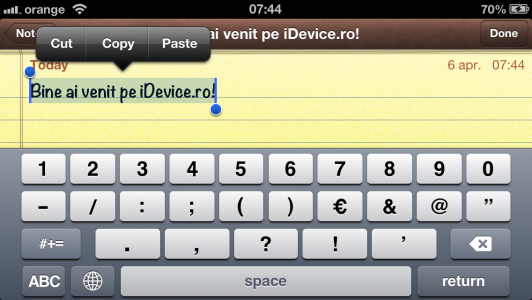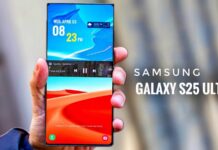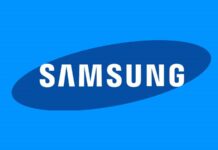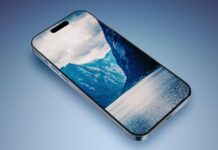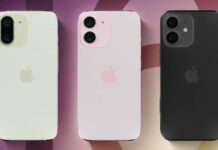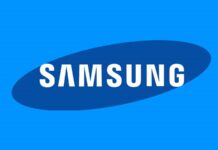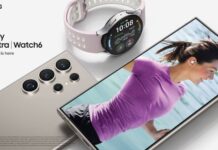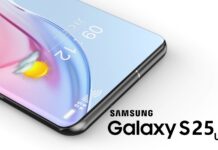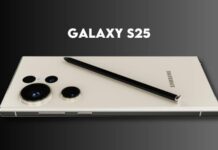The International Trade Commission is an American federal court that decided yesterday that Samsung infringes an important part of an Apple patent that describes a technology by which text can be selected from mobile terminal applications. Practically, Samsung does not infringe the entire patent, but only a part of it and all to implement the same technology in its smartphones and tablets. The ITC can decide to remove from the market Samsung devices that infringe that part of the patent, but a final decision will be made only in August of this year.
Samsung Electronics Co Ltd infringed a key portion of an Apple Inc patent by including a text-selection feature in its smartphones and tablets, an International Trade Commission judge said in a preliminary decision. If it is upheld, the ITC can order any infringing device to be barred from importation into the United States. Apple has alleged that Samsung's Galaxy, Transform and Nexus devices, among others, were among those made with the infringing technology.
Separately from the US process, in Germany Apple's patent regarding the slide to unlock function was invalidated after the patent and trademark office in the US did exactly the same thing. The judge who presided over the case stated that the patent does not meet the technical requirements imposed by EU legislation for validity, so Apple cannot impose it against those from Samsung. Of course, this decision does not affect Apple's attempts to restore the patent to be valid in the US, but in Europe there are minimal chances of being able to use it somewhere else.
The court held that the only respect in which the claimed invention is new over the prior art — the fact that a swiping gesture for the purpose of unlocking a device — fails to meet the technicality requirement under European patent law. Software "as such" is not patentable in Europe unless it solves a technical problem with technical means. In this case, the mere fact that a sliding gesture has a visual representation was not deemed to constitute a technical innovation. The patent discloses elements that are undoubtedly technical, but the inventive step here (the delta between the claimed invention and the prior art) was not deemed technical — only "software as such".


